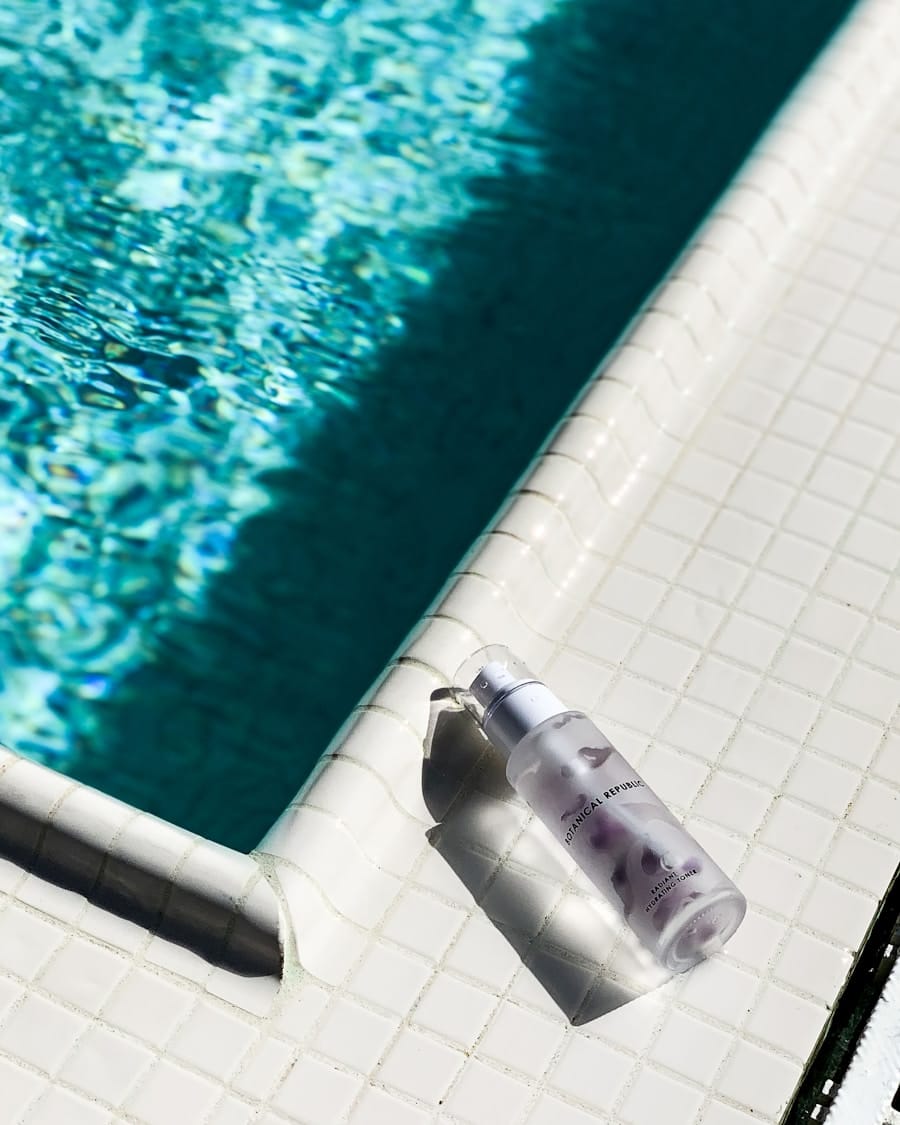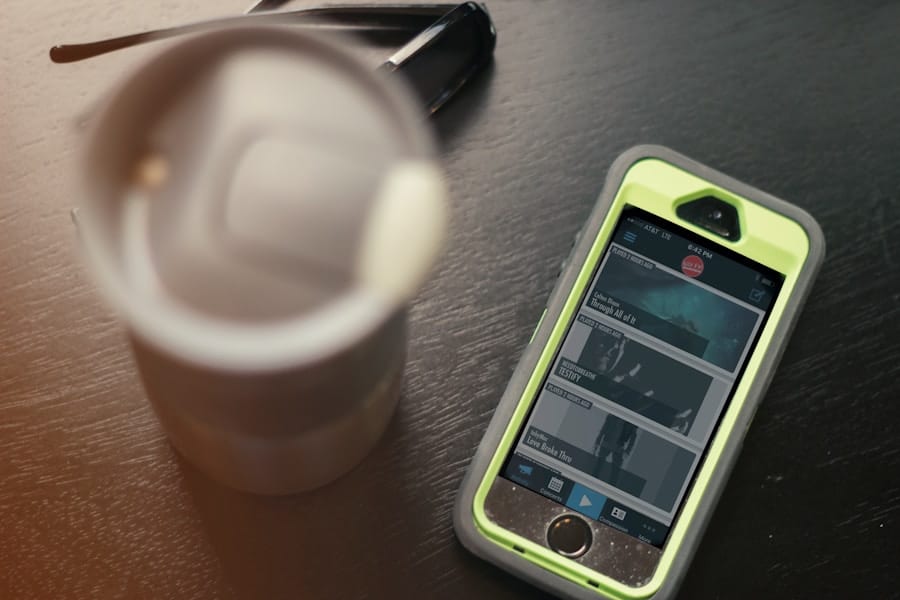In an era where health and wellness have taken center stage, the importance of hydration cannot be overstated.
Despite its critical role, many individuals struggle to maintain optimal hydration levels, often leading to a range of health issues, including fatigue, headaches, and decreased cognitive function.
Real-time hydration monitoring has emerged as a promising solution to this pervasive problem, leveraging technology to provide individuals with immediate feedback on their hydration status. This innovative approach not only empowers users to make informed decisions about their fluid intake but also opens up new avenues for research and development in the field of health monitoring. The concept of real-time hydration monitoring is rooted in the idea that timely information can lead to better health outcomes.
By utilizing wearable technology, individuals can receive continuous updates on their hydration levels, allowing them to adjust their fluid intake accordingly. This is particularly beneficial for athletes, outdoor workers, and individuals with specific health conditions that require careful management of hydration. As the technology continues to evolve, it promises to enhance our understanding of hydration needs across different populations and activities, ultimately contributing to improved overall health and performance.
Key Takeaways
- Real-time hydration monitoring technology is revolutionizing the way we track and manage our hydration levels, providing valuable insights for health and performance.
- Current wearable hydration monitoring technology includes devices that measure sweat electrolyte levels and hydration status, offering a convenient and non-invasive way to monitor hydration.
- Advancements in real-time hydration monitoring are focused on improving accuracy, usability, and integration with other health monitoring systems, such as fitness trackers and smartwatches.
- Wearables play a crucial role in promoting hydration by providing personalized hydration recommendations and reminders, ultimately helping individuals maintain optimal hydration levels.
- Despite its potential benefits, real-time hydration monitoring faces challenges such as accuracy limitations, data privacy concerns, and ethical considerations that need to be addressed for widespread adoption and acceptance.
The Current State of Wearable Hydration Monitoring Technology
Methods of Hydration Monitoring
wearables employ bioimpedance analysis, which measures the resistance of body tissues to electrical currents, providing insights into fluid balance. Others utilize sweat analysis, where sensors detect the concentration of electrolytes in sweat to infer hydration status. For instance, devices like the LVL Hydration Monitor and the Nix Hydration Biosensor have gained attention for their innovative approaches to tracking hydration through sweat metrics.
Challenges in Wearable Hydration Monitoring
Despite the advancements in technology, the current state of wearable hydration monitoring is not without its challenges. Many existing devices still face issues related to accuracy and reliability. Factors such as skin temperature, sweat rate variability, and individual differences in physiology can significantly impact the readings provided by these devices.
Limitations of Wearable Hydration Monitoring
Furthermore, while some wearables offer real-time data, they may not always provide actionable insights or recommendations tailored to individual needs. As a result, users may find it difficult to interpret the data or understand how to adjust their hydration practices effectively.
Advancements in Real-Time Hydration Monitoring

Recent advancements in real-time hydration monitoring technology have focused on improving accuracy and user experience. Researchers are exploring new materials and sensor technologies that can enhance the precision of hydration assessments. For example, the integration of nanotechnology into wearable sensors has shown promise in increasing sensitivity and specificity in detecting changes in hydration levels.
Source These innovations could lead to more reliable devices that provide users with real-time feedback that is both accurate and actionable. Moreover, advancements in data analytics and machine learning are playing a crucial role in refining hydration monitoring systems. By analyzing large datasets from diverse populations, researchers can develop algorithms that predict individual hydration needs based on various factors such as activity level, environmental conditions, and personal health metrics.
Source This personalized approach not only enhances the accuracy of hydration assessments but also allows for tailored recommendations that can adapt over time as an individual’s lifestyle or health status changes. Source
The Role of Wearables in Promoting Hydration
Wearable technology has the potential to revolutionize how individuals approach hydration by fostering a proactive mindset towards fluid intake. By providing real-time feedback on hydration status, wearables can encourage users to drink water at optimal times, thereby preventing dehydration before it becomes a significant issue. For instance, athletes can benefit from continuous monitoring during training sessions or competitions, allowing them to adjust their fluid intake based on real-time data rather than relying solely on subjective feelings of thirst.
Additionally, wearables can gamify the process of staying hydrated by incorporating features such as reminders, challenges, or social sharing capabilities. These elements can motivate users to meet their hydration goals while fostering a sense of community among those who share similar health objectives. For example, applications linked to wearable devices may allow users to set daily hydration targets and track their progress over time, creating a more engaging experience that promotes accountability and consistency in maintaining proper hydration levels.
Challenges and Limitations of Real-Time Hydration Monitoring
Despite the promising potential of real-time hydration monitoring technology, several challenges and limitations persist that must be addressed for widespread adoption. One significant hurdle is the variability in individual responses to hydration needs. Factors such as age, sex, body composition, and physical activity levels can all influence how much fluid a person requires.
Consequently, a one-size-fits-all approach may not be effective; personalized algorithms must be developed to account for these differences accurately. Another challenge lies in the integration of hydration monitoring with other health metrics. While some wearables offer comprehensive health tracking capabilities, many still operate in silos without seamless data sharing between devices or platforms.
This fragmentation can hinder users’ ability to gain a holistic view of their health and wellness. For instance, an athlete may track their hydration separately from their heart rate or sleep patterns, missing out on valuable insights that could arise from analyzing these metrics collectively.
Potential Impact on Health and Performance

The potential impact of real-time hydration monitoring on health and performance is profound. For athletes, maintaining optimal hydration levels is crucial for peak performance; even mild dehydration can lead to decreased endurance, increased perceived exertion, and impaired cognitive function. By utilizing wearable technology that provides real-time feedback on hydration status, athletes can make informed decisions about when and how much to drink during training and competition.
For example, older adults are particularly susceptible to dehydration due to physiological changes that affect thirst perception and fluid balance. Wearable devices that monitor hydration levels could serve as valuable tools for caregivers and healthcare providers in managing the health of this population.
By identifying individuals at risk of dehydration early on, interventions can be implemented promptly to mitigate potential health complications.
Future Applications and Integration with Other Health Monitoring Systems
Looking ahead, the future applications of real-time hydration monitoring are vast and varied. One promising direction is the integration of hydration data with other health monitoring systems such as fitness trackers or smartwatches. This convergence could create a comprehensive health ecosystem where users receive holistic insights into their well-being.
For instance, combining hydration data with sleep quality metrics could help individuals understand how their fluid intake affects rest and recovery. Moreover, advancements in telehealth could facilitate remote monitoring of hydration status for patients with chronic conditions or those recovering from surgery. Healthcare providers could leverage real-time data from wearables to tailor treatment plans based on individual hydration needs, ultimately improving patient outcomes.
This integration could also extend to public health campaigns aimed at promoting proper hydration practices within communities.
Ethical and Privacy Considerations in Real-Time Hydration Monitoring
As with any emerging technology that collects personal health data, ethical and privacy considerations are paramount in the realm of real-time hydration monitoring. Users must be assured that their data is handled securely and transparently. Concerns about data ownership and consent are particularly relevant; individuals should have control over who accesses their information and how it is used.
Furthermore, there is a risk that reliance on wearable technology for hydration monitoring could lead to overemphasis on quantitative metrics at the expense of qualitative experiences. For instance, individuals may become overly fixated on achieving specific hydration targets without considering their body’s natural cues or the context of their activities. Striking a balance between leveraging technology for health benefits while maintaining an intuitive understanding of one’s body will be essential as real-time hydration monitoring continues to evolve.
In conclusion, real-time hydration monitoring represents a significant advancement in our ability to manage fluid intake effectively. As technology continues to improve and integrate with other health systems, it holds great promise for enhancing individual well-being across various populations while also raising important ethical considerations that must be addressed thoughtfully.
In a recent article from Wired.com, the focus was on how emerging technologies are shaping the future of various industries. This aligns with the advancements in wearable technology discussed in “The Future of Real-Time Hydration Monitoring via Wearables.” As technology continues to evolve, the possibilities for real-time monitoring and data collection are endless, opening up new opportunities for improving health and wellness.
FAQs
What is real-time hydration monitoring?
Real-time hydration monitoring refers to the continuous tracking and analysis of an individual’s hydration levels in real-time using wearable technology. This allows for immediate feedback and adjustments to be made to maintain optimal hydration levels.
What are wearables for real-time hydration monitoring?
Wearables for real-time hydration monitoring are devices that can be worn on the body, such as smartwatches or fitness trackers, that are equipped with sensors to measure hydration levels. These wearables can track factors such as sweat rate, electrolyte levels, and overall hydration status.
How do wearables monitor hydration levels?
Wearables monitor hydration levels through various methods, including measuring sweat composition, skin conductivity, and temperature changes. These data points are then analyzed to provide insights into an individual’s hydration status.
What are the benefits of real-time hydration monitoring via wearables?
The benefits of real-time hydration monitoring via wearables include the ability to track hydration levels throughout the day, receive immediate feedback on hydration status, and make timely adjustments to fluid intake. This can help individuals maintain optimal hydration levels for improved performance and overall health.
What is the future of real-time hydration monitoring via wearables?
The future of real-time hydration monitoring via wearables is expected to involve advancements in sensor technology, data analysis algorithms, and integration with other health metrics. This may lead to more accurate and personalized hydration recommendations, as well as the potential for early detection of dehydration-related health issues.

